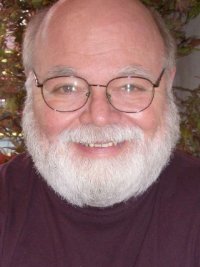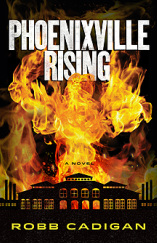Dennis Lehane's terrific story, THE DROP, arrives in bookstores and movie theaters this week. Pick up the novel (based on Dennis's short story, "Animal Rescue") and go check out the motion picture, starring Tom Hardy, Noomi Rapace, and James Galdolfini (in his final role). Dennis wrote the screenplay, which details "a robbery gone awry and an investigation that digs deep into the neighborhood's past where friends, families, and foes all work together to make a living -- no matter the cost." I loved the original short story and was lucky enough to get my hands on a preview copy of the novel. I'll be first in line this weekend to see the film. Great stuff as always from the master, Dennis Lehane.
With all this activity this week for Lehane fans, it seems like the perfect time to revisit the Q&A Dennis did with me a while back. He talks about fiction and the creative life, and gives some words of wisdom that hang over my own writing desk (because I chickened out on getting them as a tattoo). Go here to read the Q&A. And get in on THE DROP this week!
With all this activity this week for Lehane fans, it seems like the perfect time to revisit the Q&A Dennis did with me a while back. He talks about fiction and the creative life, and gives some words of wisdom that hang over my own writing desk (because I chickened out on getting them as a tattoo). Go here to read the Q&A. And get in on THE DROP this week!




 RSS Feed
RSS Feed
